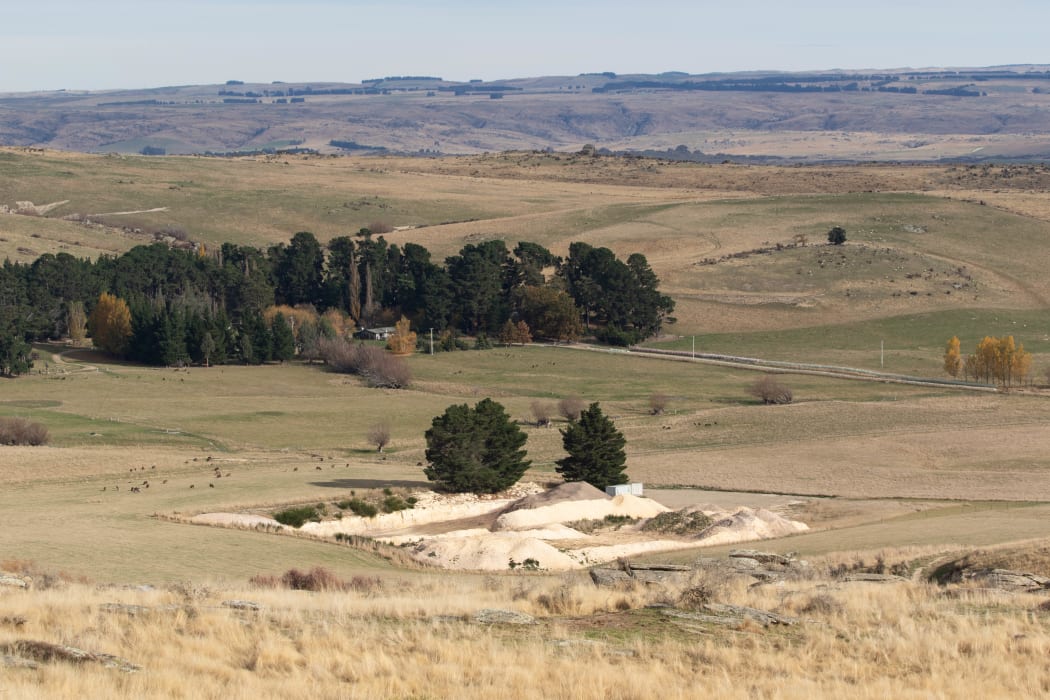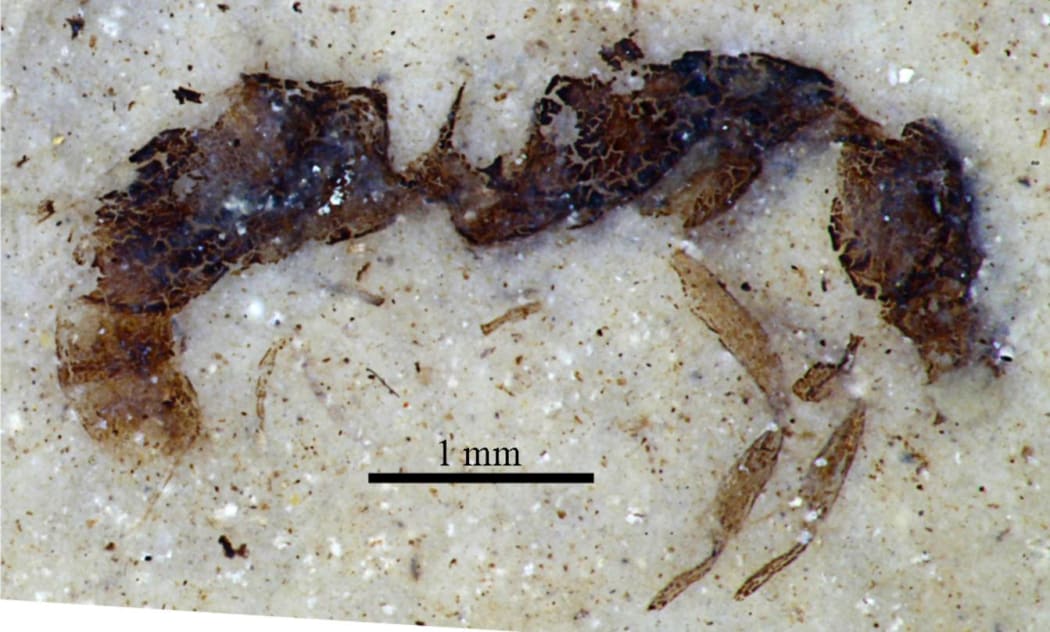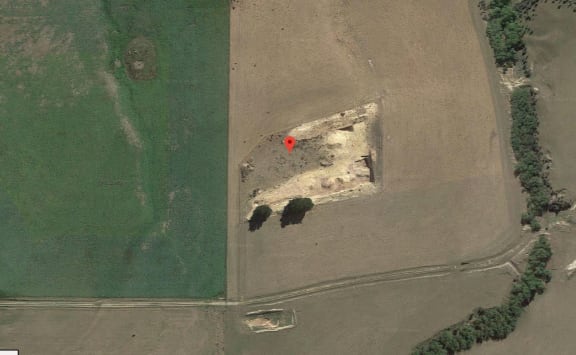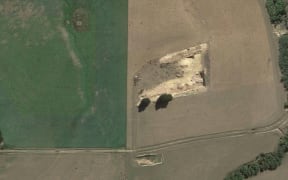Dunedin's residents have called on central and local government to do whatever is needed to permanently save a geological site described as New Zealand's Pompeii.

A pit at Foulden Maar, near Middlemarch. Photo: Wikicommons
Foulden Maar - a 23-million-year-old crater lake near Middlemarch, inland from Dunedin - was under threat from mining until the international company proposing taking its diatomite for pigs' food went into receivership last week.
More than 160 people attended a meeting at Otago Museum last night, where they voted to go in to battle on behalf of the geological treasure trove.
Until earlier this year almost no-one had heard of Foulden Maar. But now the site is on the city's - and indeed the country's - radar.
Last night's meeting attracted a who's who of Dunedin environmentalists including Sir Alan Mark, who put forward the call to government.
"I'd like to move that this public meeting having been addressed by Professor Daphne Lee on the values of Foulden Maar resolve to approach central government with a request that they do whatever's necessary to acquire the site to preserve the unique scientific values of the Foulden Maar in perpetuity," Sir Alan said.
The resolution passed almost unanimously, as the maar - until last week - was under the very real threat of mining.
Foulden Maar is unique for New Zealand and stands as an incredibly preserved record of the environment and ecology over a 120,000 year period from 23 million years ago.
A site so special, Otago University's Associate Professor Daphne Lee said it was unparalleled in New Zealand.

Hundreds of significant insect fossils have been discovered at Foulden Maar, including this holotype of a worker ant, Austroponera schneideri. Photo: CC BY 4.0 Uwe Kaulfuss Antweb.org
"I've called it the most important terrestrial fossil site in New Zealand," she said.
"And I did it with a bit of trepidation expecting some of my paleontological colleagues to send me emails and say 'No, no, what about somewhere else' and so far nobody's done that so I'm staying with it.
"So I think it is probably the single most important site."
Despite this, the maar's diatomite was to be mined by Plaman Resources until the company went into receivership and liquidation last week.
Plaman had been seeking OIO approval to buy a neighbouring farm to gain greater access to the diatomite deposits in the area, in hope of using it for pigs' food.

Foulden Maar a seen from satellite. Photo: Google Satellite
That application was now on hold, to the relief of many including Dunedin city councillor Aaron Hawkins.
"Acquiring the land is the key," he told the meeting.
"Hopefully through the liquidation process that will now be easier and the receivers have certainly been made aware of the city's position around preserving it."
Mr Hawkins recently tabled a motion at a council meeting calling for the preservation of the maar.
That sentiment has growing support and not just in the city.
Former Prime Minister Helen Clark has got on board, and crowd funding is now underway in the hopes of buying the 42-hectares subject to mining rights.
But the maar and its treasure trove is far bigger than that.
Environmental lawyer Sally Jepp said, while mining rights for a small section of the maar already exist, further expansion was unlikely to succeed.
"A mining company would be pushing coprolites uphill to think they are going to have an easy ride in getting a consent to mine any greater area."
The short-term fears for the maar appeared over, but the fight for its permanent protection is just beginning.





